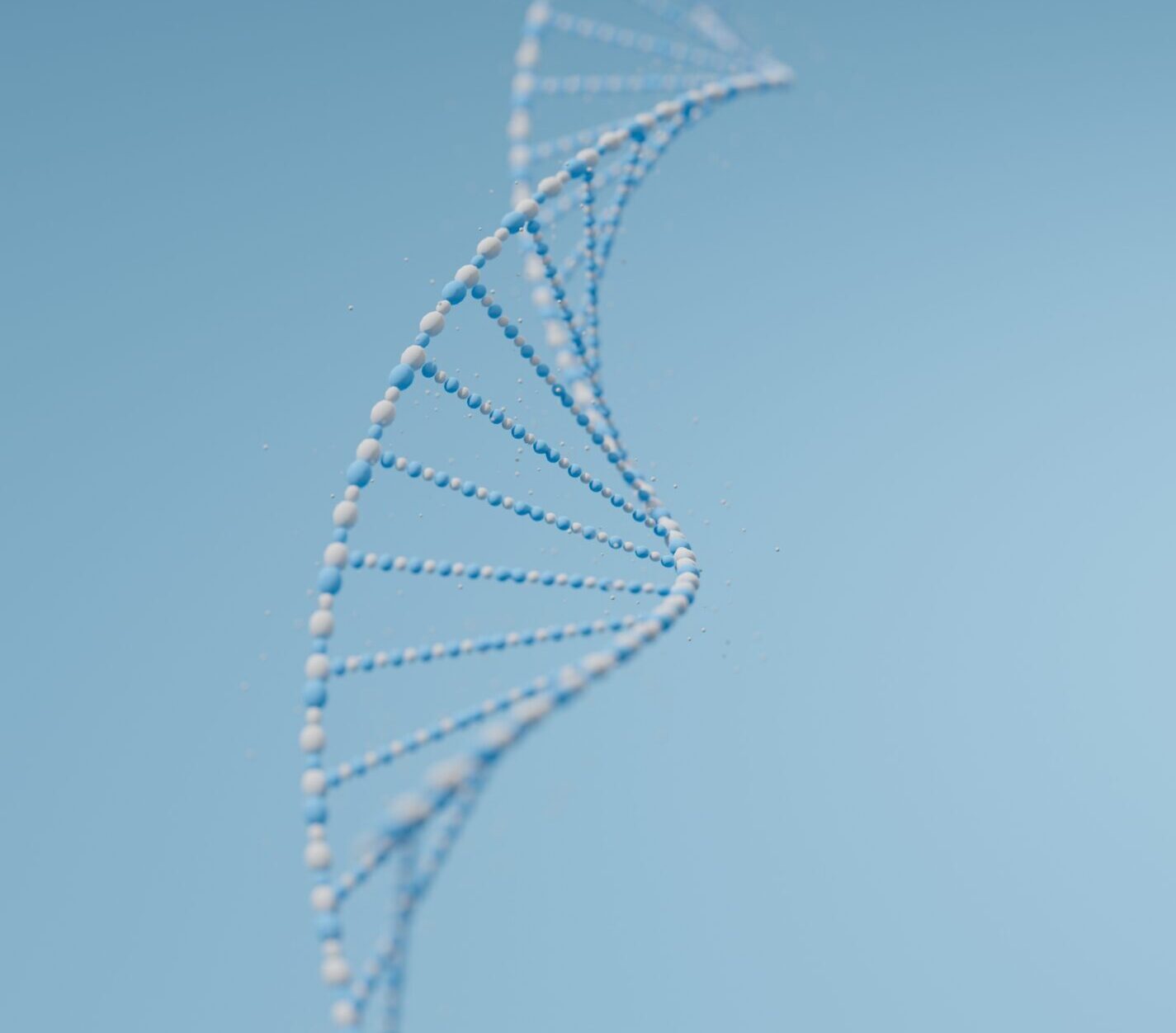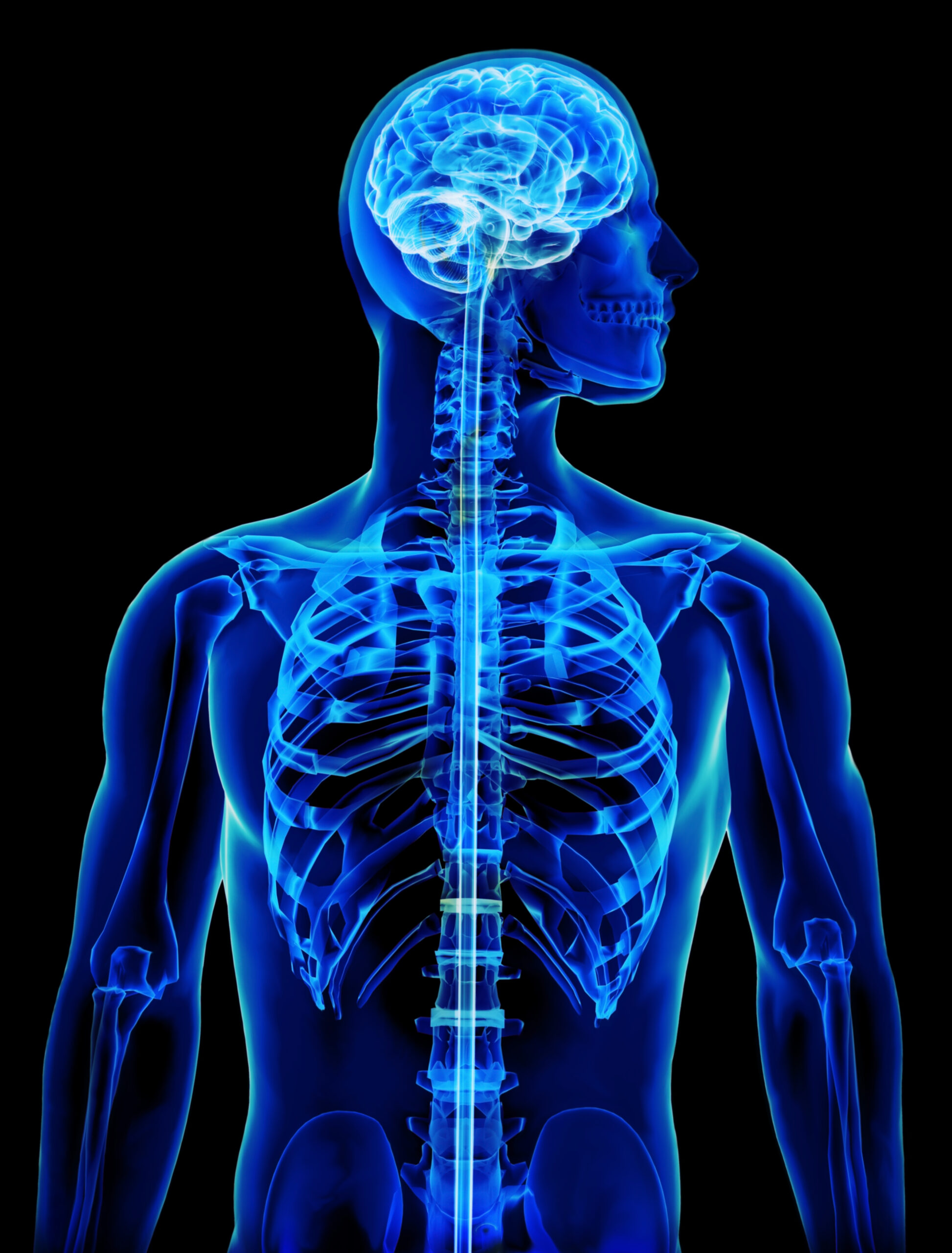Autism Spectrum Disorders
How We Help
Autism spectrum disorders (ASDs) are surprisingly common. In the US, approximately 1 in 36 children have an ASD diagnosis. Though they commonly show up in childhood, some adults receive ASD diagnosis later in life.
Currently, research shows that people with autism spectrum disorder (ASD) have gut bacteria differently from neurotypical people. This condition, called “microbiome dysbiosis“, means that the community of good and potentially bad microbes in the intestines is out of balance.
Some researchers think this dysbiosis might cause or make ASD symptoms worse, possibly because the gut bacteria make different metabolic products or because inflammation affects how the brain works.
Additionally, some studies have found that prenatal and early postnatal exposure to heavy metals like lead and mercury, certain pesticides, and chemicals that mess with hormones might be linked to an increased risk of autism spectrum disorder (ASD). Some proposed mechanisms are direct damage to neurons, disruption of the immune system, and changes in the gut microbiome, all of which could affect brain development and function.

That is why testing for toxins and the status of the gut microbiome plays a huge role in the approach we develop for improving this and many other related conditions.
Disclaimer: The health information on this site is provided for general informational and education purposes only and is not a substitute for professional advice. Accordingly, before taking any actions based upon such information, we encourage you to consult with the appropriate professionals. The use or reliance of any information contained on this site is solely at your own discretion. Revolution Gut Health does not claim to heal, treat or cure any of the conditions mentioned.
What Conditions Are Considered Autism Spectrum Disorders?
The conditions considered spectrum disorders are Asperger’s, PDD-NOS, autism, and childhood disintegrative disorder. Rett Syndrome used to fall under this category. However, it is now known as a genetic disorder, not an ASD.
Asperger's Syndrome
Autism disorders sit on a spectrum, ranging from mild developmental delays to more severe. Asperger’s syndrome is on the milder end of this spectrum.
People with Asperger’s may be highly intelligent and capable of performing activities of daily living (ADLs). Their social skills are less advanced. For example, someone with Asperger’s may struggle to read body language or common social cues.
PDD-NOS
PDD-NOS stands for pervasive developmental disorder, not otherwise specified. This ASD sits between autism and Asperger’s on the spectrum.
People with PDD-NOS may struggle with multiple skills, including being social, verbal communication, body language, and abstract thinking. Still, individuals will not struggle with these skills to the same extent as someone with autism.
Autistic Disorder
Autistic disorder is commonly known as autism or classic autism. It features severe developmental delays in social communication and interactions.
Some people with autism are considered savants, while others may have lower intelligence levels. What these individuals share in common is difficulties with social skills.
Childhood Disintegrative Disorder
Childhood disintegrative disorder is the most severe ASD known today. It is also rare, impacting fewer than 1% of children in the US.
A child with this ASD may develop normally at first. However, around age 2 to 4, the child’s social, language, and cognitive skills decline rapidly. Seizures are a unique symptom of this disorder and may distinguish it from other ASDs.
Symptoms of Autism Spectrum Disorder
People with ASDs primarily struggle with social communication and interaction skills. Often, parents and loved ones can identify these lapses in early childhood. The most common signs and symptoms of ASD to look for include:
- Trouble holding eye contact
- Not responding to one’s name by 9 months old
- Not displaying facial expressions by 9 months old
- Not playing socially interactive games by 12 months old
- Not using hand gestures by 12 months old
- Not sharing their interests with others by 15 months old
- Not noticing when others are hurt or sad by 24 months old
- Not realizing when other children play with them by 26 months old
- Not partaking in imaginative play by 48 months old
- Not singing or dancing for others by 60 months old
Another typical behavior to look out for is restricted or repetitive actions or interests. Many children with ASD may focus on one activity obsessively and repeatedly. Others may have a singular interest and talk about it constantly.
Not all children with ASD share the same symptoms. Some may also struggle with language, movement, and cognitive skills. Others might have symptoms resembling other conditions, such as ADHD or a mental health disorder.
Other signs to watch out for include seizures, unusual eating or sleeping habits, gastrointestinal symptoms, and fearful reactions that may seem disproportionate to what triggered them.
Have A Question?
Contact our team for a FREE discovery call.
Not accepting new patients at this time
What are the Causes of Autism Spectrum Disorder?
The exact causes of Autism Spectrum Disorder are currently unknown, but genetic and environmental factors are believed to play a role.
Emerging research indicates that the gut microbiome may play a role as well. Multiple studies have identified differences in the composition and diversity of the gut microbiome between those with Autism Spectrum Disorder (ASD) and those with neurotypical development. For example, according to some research, individuals with ASD tend to have a less diverse gut microbiome, which is generally regarded as less healthy. Other studies have found that certain bacterial species may be more or less prevalent in ASD patients.


There are numerous ways in which the microbiome of the gut could affect ASD symptoms.
One is the gut-brain axis, which is the pathway by which the gut microbiome can influence brain function and behavior through various mechanisms, such as the production of neurotransmitters and other bioactive molecules, immune system modulation, and the impact of stress on the body. Certain harmful bacteria in the gut may produce neurotoxic toxins. This can lead to these toxins leaching from the gut into the bloodstream, thereby affecting brain function. Lastly, research suggests that alterations in the gut microbiome may affect brain development by influencing the immune system. This may contribute to the neurodevelopmental abnormalities associated with ASD.
With all this information, it becomes obvious that the gut microbiome and detoxification are essential pieces of the puzzle to improving spectrum disorders.
Autism Spectrum Levels
Not all people experience the same autism symptoms, and the same is true of the level of functioning. Experts distinguish between three autism levels to describe how well someone with an autism disorder can function independently.
Learn about level one, level two, and level three ASDs below.
Level One Autism Spectrum Disorder
People with level 1 ASDs have the highest degree of functioning. They may require some support for certain activities (e.g., organizing, planning, or initiating social interactions) but are relatively independent.
Level Two Autism Spectrum Disorder
People with level 2 autism spectrum disorder may require significant support, especially with socialization and non-verbal communication. A hallmark of level two ASDs is highly repetitive behaviors that greatly deviate from social norms.
Level Three Autism Spectrum Disorder
People with level 3 ASDs require substantial support to go about their days. They will struggle with all the activities as people with level one and two ASDs, plus have difficulties with ADLs and struggle significantly with change.
ASD Disease Risk Factors
Autism spectrum disorders come about from a complex interplay between heritable genes and environmental factors. Genetic factors that increase the risk of an ASD include:
Having a pre-existing genetic condition, such as fragile X syndrome or tuberous sclerosis
Having one or more siblings with autism
Being assigned male at birth
Non-genetic factors that may play a role include the intrauterine environment. Children of pregnant people who use valproic acid or thalidomide are at a higher risk for autism. Children of older parents also have a higher risk.
Autism Treatment
Children or adults diagnosed with ASD may have it for life. However, there are ways of managing to improve functioning, independence, and quality of life for people with ASD.
Though there is not enough research to evaluate their effectiveness, anecdotal reports show how certain supplements and diets may benefit people with ASDs.
For example, studies have examined supplements’ effects on certain ASD symptoms. Omega-3 fatty acids, vitamin D, vitamin B12, probiotics, and digestive enzymes are promising, but more research is needed to learn about their effects.
Another natural solution many parents of children with ASDs report benefits from is dietary changes. For example, gluten-free, casein-free autism may improve symptoms and/or behaviors in people with ASDs.
Learn More About Nutrition and ASDs
Autism spectrum disorders are a group of conditions that impact social communication and interaction skills. They come in varying levels of severity. Though there is no proven cure, various modalities can improve functioning in people with ASDs.
Are you or a loved one looking for more information about autism? Revolution Gut Health can help. Request a health consultation with us to get started.
Heavy Metals in the Brain: Toxicity and Neurological Symptoms
Our bodies are made up of metals and minerals. However, when the immune system does not work properly, metals begin to displace minerals. They can then build up, leading to heavy metal toxicity and neurological symptoms. For example,...
Unlock a healthier you today!
Take the first step towards a happier, healthier life with our FREE discovery call.
Not accepting new patients at this time
